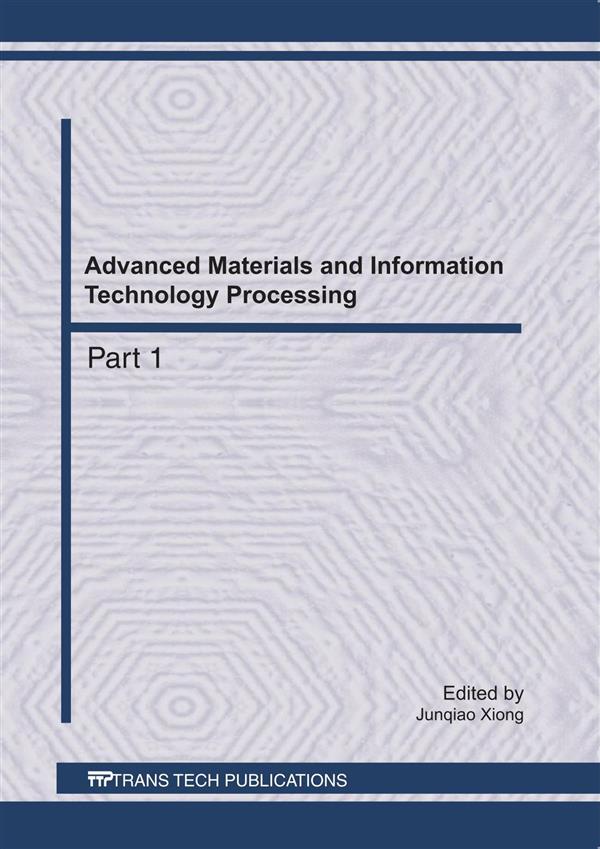Engineering Research
Materials Science
Engineering Series
Advanced Materials and Information Technology Processing
Description:
The objective of this collection was to bring together researchers from academia and industry, as well as end-users, in order to share ideas, problems and solutions related to the multitudinous aspects of Advanced Materials and Information Technology Processing. The 387 peer-reviewed papers are presented under the chapter headings: 1 Machine Vision and Materials Science, 2 Information Technology and Materials Science, 3 Education Engineering. This makes the book a useful guide to those subjects.
Purchase this book:
Info:
Review from Ringgold Inc., ProtoView:
The April 2011 conference (acronym: AMITP 2011) held in Guangzhou, China is represented in three volumes of peer reviewed papers. Each volume (identified as "parts") is devoted to a broad theme, as follows: machine vision and materials science, information technology and materials science, and education engineering. To give some idea of the type of presentations, here is a sampling of specific subjects from each volume. V.1: testing and analysis of high-speed camera for droplet transition, simulation of residual stress field of diagonal laser shock processing, and wavelet image denoising by data fusion. V.2: research on domestication process of lactic acid bacteria for jujube beverage by response surface methodology, construction financial crisis warning model using data mining, and integrated logistics based on group decision support systems. V.3: rough set theory application in online course satisfaction, e-learning for employees, middle school students creativity assessment with neural networks. Clearly, the papers are incredibly diverse. Organization within the three broad themes is random and somewhat haphazard (many papers are misplaced). The keyword index in the third volume is probably better than nothing, but it is quite rudimentary.

